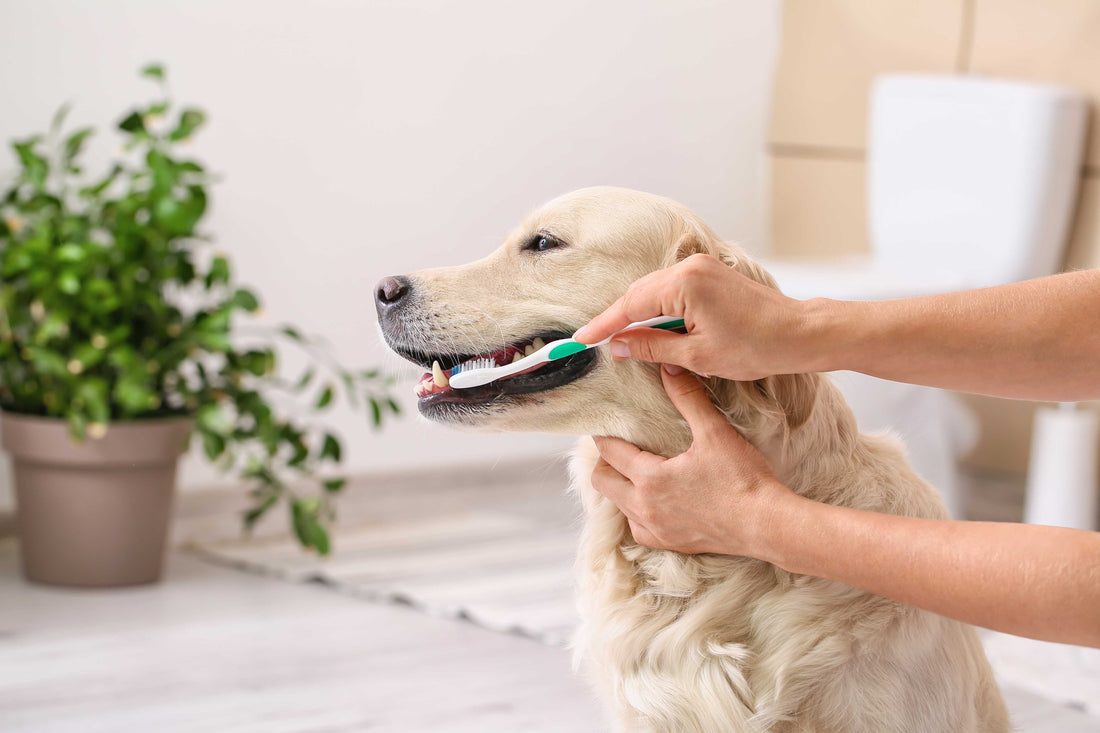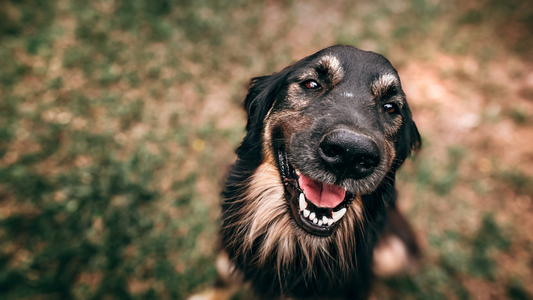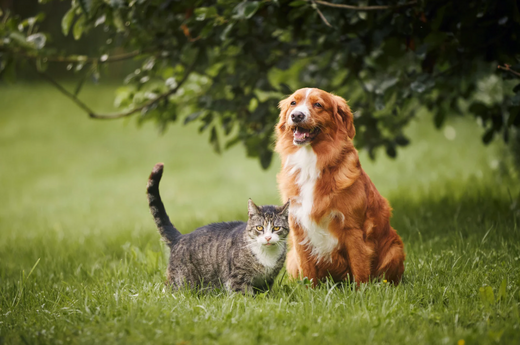Keeping your pet's teeth clean is essential for their overall health and wellbeing. Dental care can prevent various health issues, including gum disease, tooth decay, and bad breath. In this guide, we'll walk you through the basics of brushing your pet's teeth, making it a simple and stress-free experience for both you and your furry friend.
Understanding the Importance of Pet Dental Care
Good oral hygiene is crucial for your pet's health. Just like humans, pets can suffer from dental problems that can lead to more serious health issues if left untreated. Regular brushing helps remove plaque and tartar buildup, which can cause periodontal disease and other complications.
Getting Started: What You Need
Before you begin, gather the necessary supplies:
- Pet-Specific Toothbrush: Choose a toothbrush designed for pets. These typically have softer bristles and are angled to reach all areas of your pet's mouth.
- Pet-Friendly Toothpaste: Human toothpaste can be harmful to pets, so opt for a toothpaste made specifically for animals, available in pet-friendly flavours like poultry or beef.
- Treats and Rewards: Have some of your pet’s favourite treats on hand to reward them for their cooperation.
Introducing Your Pet to Toothbrushing
Step 1: Get Your Pet Comfortable
Start by getting your pet used to the idea of having their mouth touched. Gently lift their lips and touch their teeth and gums with your fingers. Do this for a few days to make them comfortable with the sensation.
Step 2: Introduce the Toothpaste
Let your pet taste the toothpaste by putting a small amount on your finger. Most pet toothpastes are flavoured to appeal to animals, so this can be a positive introduction.
Step 3: Familiarise Them with the Toothbrush
Show your pet the toothbrush and allow them to sniff and lick it. You can put a small amount of toothpaste on the brush to encourage this. Gradually get them used to the feel of the brush in their mouth.
Brushing Your Pet's Teeth: A Step-by-Step Guide
Step 1: Find a Comfortable Position
Choose a time when your pet is calm and relaxed. Sit or kneel beside them rather than standing over them, as this can be less intimidating.
Step 2: Start Brushing
Lift your pet’s lip to expose their teeth. Gently brush in a circular motion, focusing on the gum line where plaque tends to accumulate. Start with just a few teeth and gradually increase the number as your pet becomes more comfortable.
Step 3: Cover All Areas
Ensure you brush the front and back of each tooth, reaching the upper and lower jaws. Pay special attention to the back molars, where plaque buildup is most common.
Step 4: Keep Sessions Short
Initially, keep brushing sessions short – about 30 seconds to a minute. Gradually increase the duration as your pet gets used to the routine.
Step 5: Reward Your Pet
Immediately after brushing, reward your pet with a treat and plenty of praise. This helps create a positive association with the brushing process.
Tips for Successful Toothbrushing
Be Patient and Consistent
Patience is key when it comes to brushing your pet's teeth. It might take several weeks for them to fully accept the process, so be consistent and gentle.
Use Positive Reinforcement
Always use positive reinforcement, such as treats and praise, to reward your pet for their cooperation. This will make the experience more enjoyable for them.
Regular Check-Ups
In addition to regular brushing, schedule dental check-ups with your vet. Professional cleanings and examinations can catch potential issues early and keep your pet's mouth healthy.
Monitor for Dental Issues
Watch for signs of dental problems, such as bad breath, red or swollen gums, difficulty eating, or excessive drooling. If you notice any of these symptoms, consult your vet.
Maintaining Your Pet’s Dental Health
Regular brushing is essential, but there are other ways to maintain your pet’s dental health:
- Dental Chews and Toys: Provide dental chews and toys designed to reduce plaque and tartar buildup.
- Healthy Diet: Feed your pet a balanced diet that supports dental health. Avoid sugary treats and table scraps.
- Hydration: Ensure your pet has access to plenty of fresh water to help rinse away food particles and bacteria.
Ensuring a Lifetime of Healthy Smiles
Brushing your pet's teeth is an important part of their overall care routine. By starting early and being consistent, you can help prevent dental issues and ensure they have a healthy, happy life.
At Healthy Pet Co., we’re here to support you with high-quality, vet-approved products and expert advice. Visit our blog for more pet health tips and explore our range of dental care products to keep your furry friend smiling.




